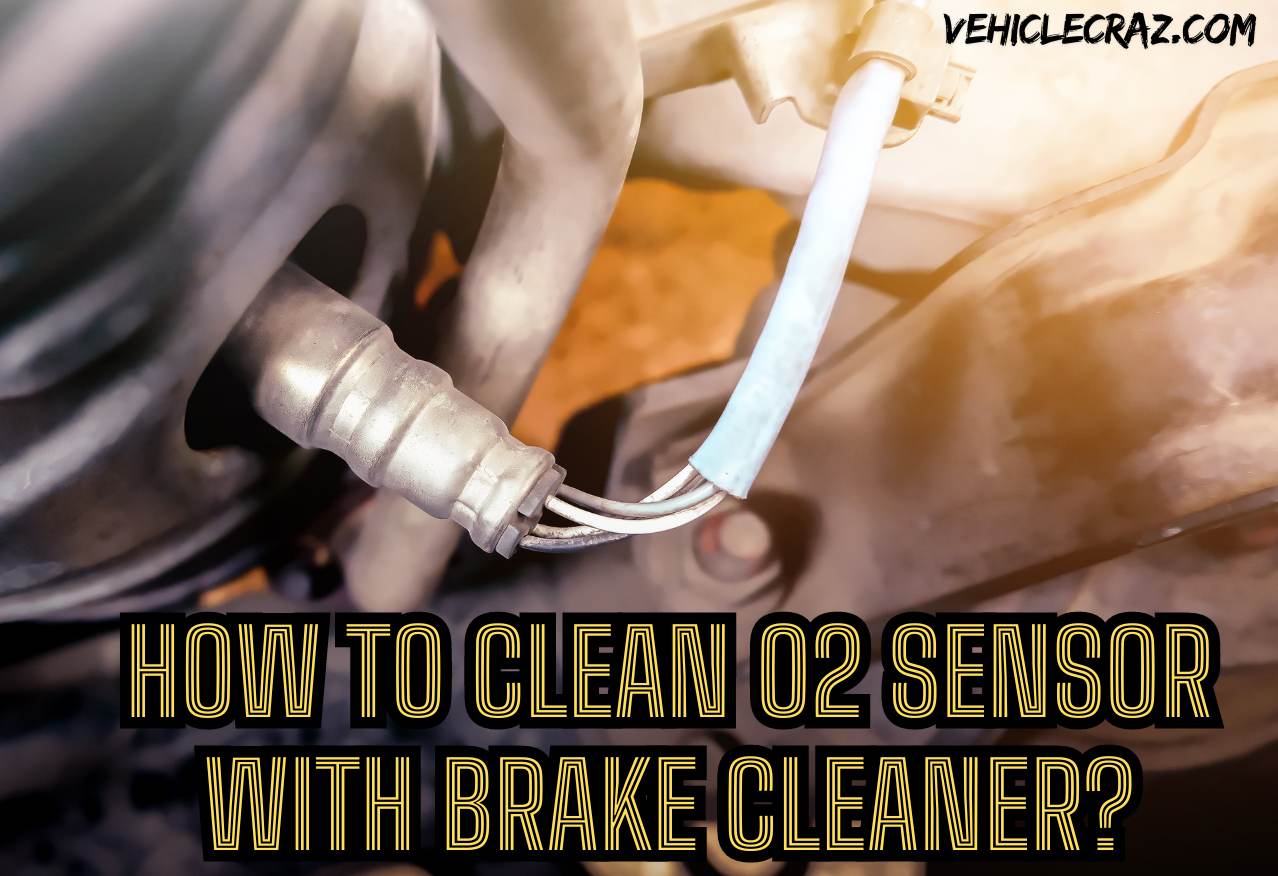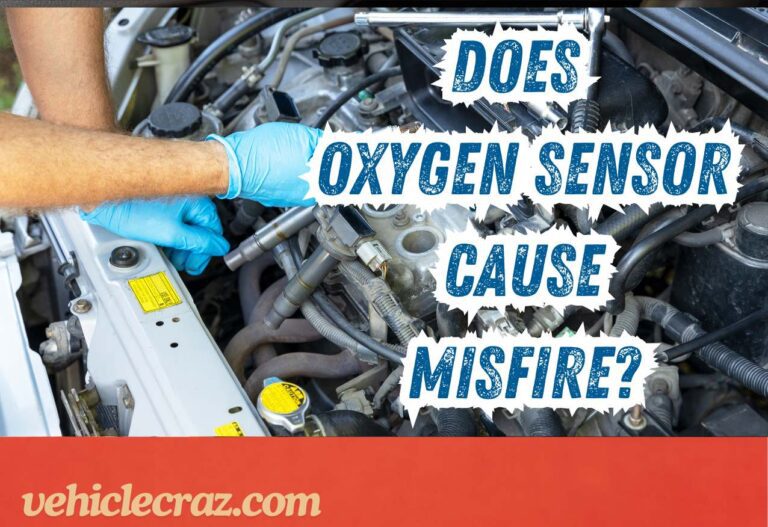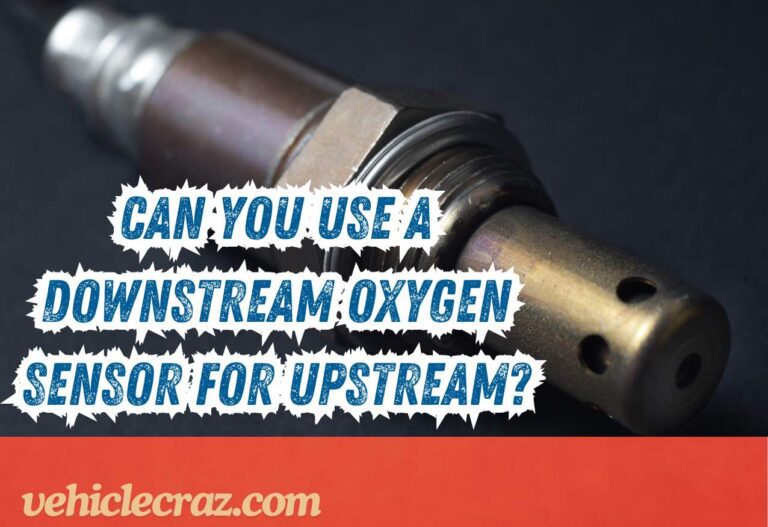How to Clean O2 Sensor With Brake Cleaner?
Are you trying to troubleshoot the O2 sensor-related issue or trying to improve its performance? Or you might be wondering whether a brake cleaner is an appropriate solution and how to clean the o2 sensor with a brake cleaner. In this article, we discuss answers to all these questions.
How to Clean O2 Sensor With Brake Cleaner?
Cleaning an O2 sensor with a brake cleaner is not something that we recommend, as it can damage the sensor and affect its performance. O2 sensors are sensitive components that can be easily damaged by harsh chemicals. If you suspect that your O2 sensor is dirty or malfunctioning, it’s best to replace it with a new one rather than attempting to clean it with brake cleaner or other chemicals.
What Can I Use to Clean an Oxygen Sensor?
Potential Damage
Oxygen sensors have delicate components that can be easily damaged by improper cleaning techniques or harsh chemicals. Using the wrong cleaner or cleaning method can lead to sensor failure, which can cause poor engine performance and increased emissions.
Limited Effectiveness
Contaminants such as oil ash, fuel additives, and carbon buildup can adhere to the sensor’s surface and may not be easily removed by cleaning. Even if you manage to clean the sensor, it may not restore its full functionality, and you may still need to replace it.
Risk of Incorrect Diagnosis
If you’re experiencing issues with your vehicle’s emissions system, such as a check engine light related to the oxygen sensor, cleaning the sensor may only provide a temporary solution. It’s important to diagnose and address the root cause of the problem to prevent further issues.
Warranty Concerns
Cleaning the oxygen sensor yourself can void any warranty or guarantee on the sensor or your vehicle’s emissions system. It’s best to consult a professional mechanic for proper diagnosis and repair.
How to Choose a Product that is Safe to Clean the O2 Sensor?
If you still want to clean the o2 sensor, it’s crucial to select a product that is safe for use on sensitive electronic components and will not leave behind any residue that could interfere with the sensor’s function. Here are some guidelines for choosing a safe cleaner.
- Look for cleaners that specifically state they are safe for use on oxygen sensors or sensitive electronic components. Avoid cleaners that contain harsh chemicals, such as chlorine or methylene chloride, as these can damage the sensor.
- Choose a cleaner that evaporates quickly and leaves behind no residue. Residue from the cleaner can interfere with the sensor’s ability to detect oxygen levels accurately.
- Select a non-flammable cleaner to reduce the risk of fire or explosion when working around your vehicle’s exhaust system.
- Ensure the cleaner is compatible with the materials used in your oxygen sensor. Some cleaners may be too harsh for certain sensor types and could cause damage.
- Check online reviews or ask for recommendations from automotive professionals to find a cleaner that has been successfully used by others without causing issues.
- While some DIY solutions may seem cost-effective, they can be risky and may cause more harm than good. It’s best to use a commercial cleaner specifically designed for cleaning oxygen sensors.
When to Consider an Oxygen Sensor Replacement?
You should consider replacing an oxygen (O2) sensor if you experience any of the following symptoms.
Check Engine Light
The check engine light can illuminate for various reasons, including issues with the O2 sensor. Modern vehicles have onboard diagnostics that monitor sensor performance. If the O2 sensor detects a problem, such as a slow response or voltage outside the expected range, it can trigger the check engine light.
Poor Fuel Economy
The O2 sensor plays a crucial role in fuel management by helping the engine control unit (ECU) adjust the air-fuel mixture. A faulty O2 sensor can cause the ECU to incorrectly adjust the mixture, leading to poor fuel economy.
Rough Idling or Poor Performance
An O2 sensor that is not functioning properly can cause the engine to run either too rich (excess fuel) or too lean (excess air). This can result in rough idling, stalling, or a noticeable decrease in engine performance.
Failed Emissions Test
The O2 sensor is a key component in emissions control systems. If the sensor is not functioning correctly, it can lead to increased emissions of harmful gases such as nitrogen oxides (NOx) and hydrocarbons (HC), causing your vehicle to fail an emissions test.
High Fuel Consumption
A failing O2 sensor can cause the engine to run rich, leading to increased fuel consumption. If you notice that you are refueling more often than usual, it could indicate a problem with the O2 sensor.
Visible Damage
Physical damage to the O2 sensor, such as cracks or breaks in the housing or wiring, can prevent it from functioning properly. If you notice any visible damage, it is a clear indication that the sensor needs to be replaced.
Age and Mileage
O2 sensors have a limited lifespan and can become less effective over time. Most manufacturers recommend replacing O2 sensors every 50,000 to 100,000 miles (80,000 to 160,000 kilometers) as part of regular maintenance.
You May Also Like


I’m Alex, a seasoned mechanical teacher with over 20 years of hands-on experience in Australia. My passion for all things automotive has driven me to establish this blog, aiming to share my wealth of knowledge and expertise with fellow enthusiasts, DIYers, and anyone keen on understanding the mechanics behind the machines we rely on daily.



![Airbag Light On and Horn Not Working? [SOLVED]](https://vehiclecraz.com/wp-content/uploads/2024/08/Airbag-Light-On-and-Horn-Not-WorkingArcadia-768x524.jpg)



